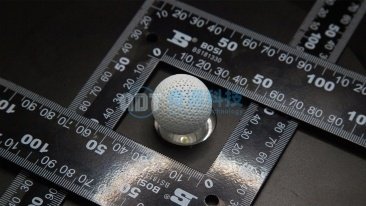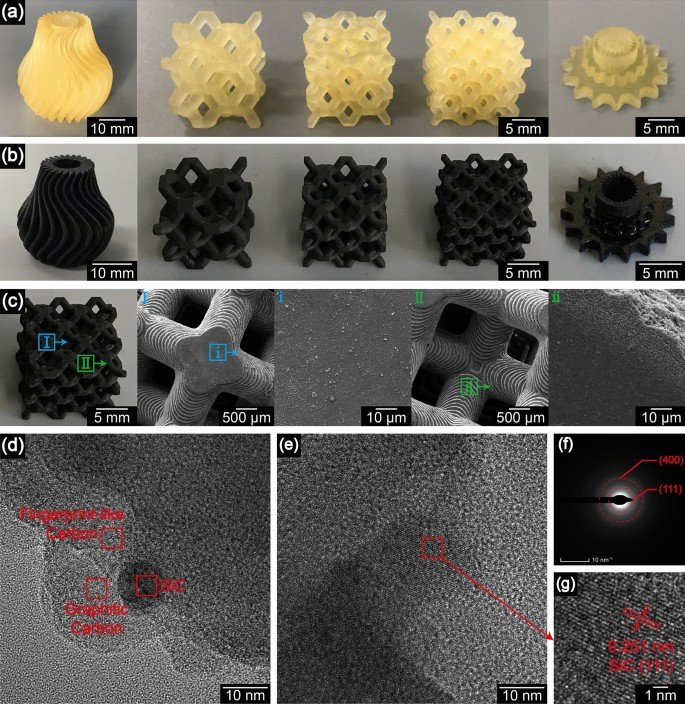Zirconia Single Crowns and the Expanding Horizon of Ceramic 3D Printing in Dentistry
The restoration of human dentition has long walked the fine line between biology and engineering. Traditionally, the fabrication of zirconia crowns—particularly single-unit restorations—has been a subtractive process: milling pre-sintered blocks using 5-axis machines. While effective, this approach introduces material waste, geometric constraints, and high operational costs. With the advancement of ceramic 3D printing, particularly DLP-based methods, researchers and clinicians alike are beginning to ask: Can we redefine the production of dental ceramics by printing them directly, layer by layer?
This article delves into the emerging exploration of ceramic 3D printing for zirconia single crowns, examining not only technical feasibility but also the deeper implications for dental prosthodontics, materials science, and patient-specific precision.
The Rise of Zirconia as the Dominant Dental Ceramic
Zirconia (ZrO₂) has come to dominate the realm of fixed prosthodontics due to its unique combination of high fracture toughness, wear resistance, and biological inertness. Unlike glass ceramics, zirconia demonstrates excellent mechanical resilience under masticatory load and minimal degradation in the oral environment. These properties make it a compelling candidate for 3D printed ceramic applications, especially where precision and patient-specific morphology are paramount.
Traditionally, however, zirconia crowns have been shaped from blanks—a method that, while robust, limits customization at the microscale. Complex internal geometries, occlusal morphology, and margin finesse are often dictated by the toolpath capabilities of the milling system rather than patient-specific anatomy.
Ceramic 3D Printing: A Paradigm Shift in Crown Fabrication
Ceramic 3D printing introduces an entirely different design framework. By using light-sensitive zirconia suspensions within a DLP or SLA platform, it becomes possible to fabricate structures layer by layer with micrometer precision. This is not merely a shift in technique—it is a shift in mindset.
In our lab, preliminary experiments using DLP-based ceramic 3D printers have yielded promising results. Test specimens of zirconia single crowns demonstrate:
Excellent marginal adaptation (~50 µm tolerance before sintering)
Smooth surface topography requiring minimal post-processing
Freedom to integrate lattice support features for sintering shrinkage control
Potential for incorporating occlusal perforations or customized venting designs
The sintering shrinkage, while nontrivial (~20–25%), can be computationally compensated within the slicer, a level of preemptive control not possible in traditional workflows.
Biocompatibility, Fit, and Clinical Implications
From a clinical standpoint, fit and biocompatibility remain the two critical benchmarks. Initial in vitro evaluations suggest that ceramic 3D printed zirconia crowns, when sintered properly, achieve similar grain size distribution and surface phase stability as their milled counterparts. This suggests that, biologically, printed crowns may offer no less of a biocompatible profile, assuming careful processing.
However, challenges remain. The porosity of green parts, the need for robust debinding cycles, and the potential for warping during sintering all underscore the experimental nature of this technique. It is not yet a plug-and-play process, but rather a technology under academic and industrial refinement.
Beyond the Crown: Exploring Digital Integration
One of the most exciting aspects of ceramic 3D printing in dentistry is its potential for full digital integration. The prospect of going from intraoral scanning to direct printing of zirconia restorations could eliminate several manual and subtractive steps. More interestingly, design complexity is no longer a penalty. Undercuts, hollow sections, and lightweight internal scaffolding—all formerly machining challenges—are now design opportunities.
Moreover, for teaching hospitals and research institutes, the ability to print customized crown samples for material testing, fit analysis, or comparative studies accelerates the feedback loop between design and data. It is no longer necessary to consume costly blanks for each iteration.
An Open Field of Inquiry
While the ceramic 3D print of zirconia crowns has not yet reached universal clinical adoption, its research trajectory is undeniable. Many questions remain:
Can we develop more stable photo-sensitive zirconia slurries with longer pot life?
How does fatigue resistance compare to milled crowns over extended use?
Could multi-material ceramic 3D printers one day print layered zirconia-glass interfaces for improved aesthetics?
These questions are precisely what make this space so intellectually rich. As with many breakthroughs in dental technology, the intersection of materials science and digital fabrication is where the most fruitful discoveries tend to occur.
Conclusion: Toward Patient-Specific Ceramic Restorations
The ceramic 3D printing of zirconia single crowns is not a mere replacement for milling. It is a potential reinvention of how we think about dental ceramics. Rather than cutting away from a monolith, we are beginning to construct crowns as informed architectural units—digitally designed, additively built, and precisely tailored to the individual.
As this technology evolves, clinicians, engineers, and researchers must work in concert to define new standards of performance, safety, and utility. The promise is clear; the path forward, still unfolding.
Keywords Used in Context:
ceramic 3d print, ceramic 3d printer, ceramic 3d printing, zirconia crown 3D printing, additive manufacturing in dentistry, 3D printed ceramics, digital dentistry, single crown restoration, dental ceramic printing, biocompatible ceramics
For research labs, dental technology startups, or universities exploring additive ceramic workflows, our team offers tailored DLP-based ceramic 3D printing systems capable of high-resolution zirconia restoration fabrication.
📧 Contact: adventuretech@adt-ceramic3dp.com
🌐 Website: https://adt-ceramic3dp.com
More articles
Request A quote





